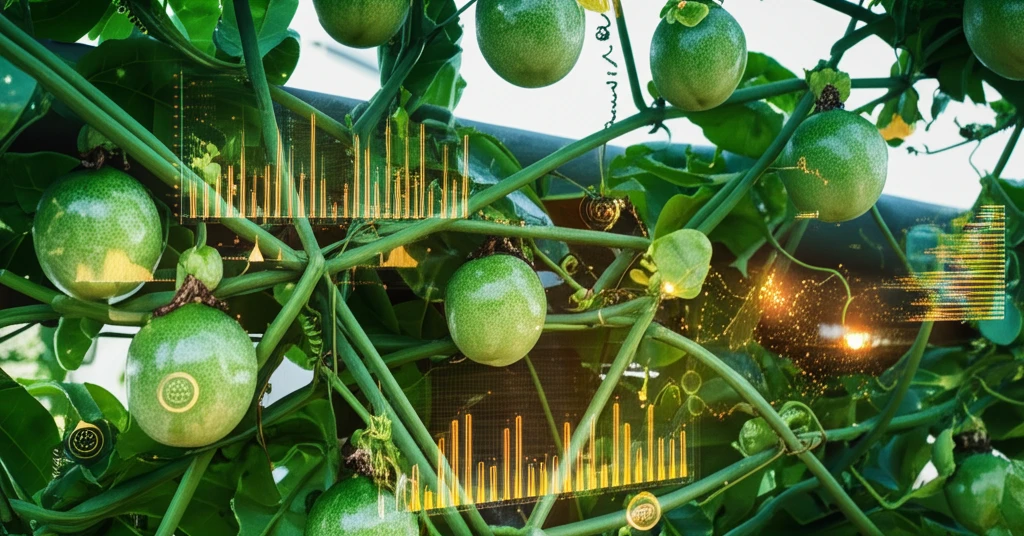
Unlocking the Secrets of Passion Fruit: A Comprehensive Guide to Maximizing Your Harvest
"Discover the key variables that influence passion fruit yield and how to leverage them for a bountiful garden."
Growing passion fruit can be incredibly rewarding, but achieving a high yield requires more than just luck. It demands a strategic approach rooted in understanding the key factors that influence fruit production. Efficient data collection and analysis, preferably through well-planned experiments, are critical for informing decisions and optimizing growing conditions. Collecting the correct data helps make right decisions, so that users can have confidence in their crop.
Passion fruit cultivation, like any agricultural endeavor, is susceptible to variability. Differences in treatment, environmental factors, and even slight variations in the plant material can significantly impact yield. The goal is to minimize this variability to ensure accurate conclusions and avoid misinterpretations of experimental results. Collecting high quality data is the best approach to have a proper harvest.
When variability is high, there is a greater chance of failing to recognize real treatment effects, leading to missed opportunities for improvement. This also affects statistical analysis. Small, significant differences between treatment averages might go unnoticed due to large variability (STORCK et al., 2006).
Key Variables Influencing Passion Fruit Production

A study published in Ciência Rural sought to identify the most critical variables affecting passion fruit production (Passiflora edulis Sims) and their relationship with the total fruit yield. Researchers Alessandro Dal'Col Lúcio, Lindolfo Storck, Willian Krause, Regis Queiroz Gonçalves, and Astor Henrique Nied analyzed data from four passion fruit experiments, calculating correlation matrices and diagnosing multicollinearity to pinpoint essential factors.
- Total soluble solids.
- Average fruit weight.
- Fruit length and diameter.
- Peel thickness and pulp percentage.
Optimizing Your Passion Fruit Harvest
By understanding the relationships between key variables and total fruit yield, growers can make informed decisions to improve their crop management practices. Concentrating on factors such as pulp weight and fruit number, while carefully monitoring other variables, can lead to more productive and profitable passion fruit cultivation.
